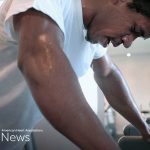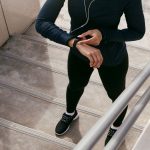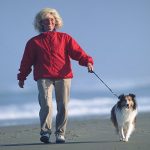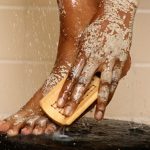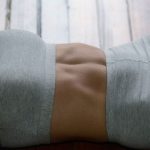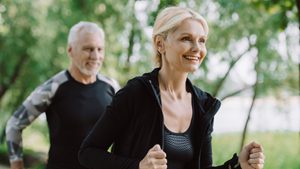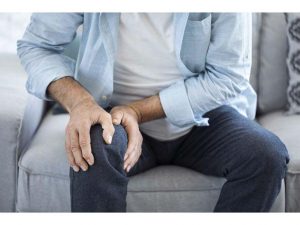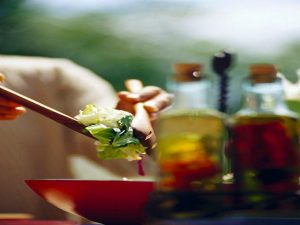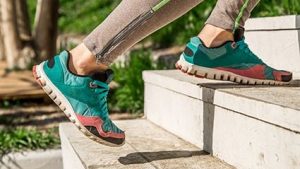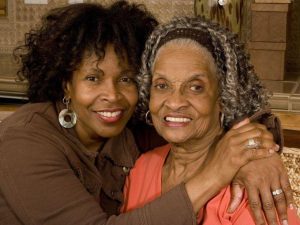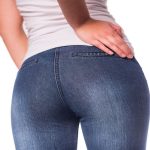
If you’re bored with doing squats for a better bottom, it’s time to vary your workout. For a study sponsored by the American Council on Exercise (ACE), scientists at the University of Wisconsin-La Crosse evaluated popular exercises for the glutes to find the ones that are most effective. Popular Glutes Strength-Training Exercises Four-way hip extensions Horizontal leg press Lunges Quadruped hip extensions Single leg squats Step-ups Traditional squats Vertical leg press The traditional squat is still a great choice, but not the only one. In fact, if you want to target the hamstrings along with the glutes, quadruped hip extensions and step-ups are very effective. So are lunges, single-leg squats and four-way hip extensions. To get started, the experts at ACE recommend a super set of quadruped hip extensions followed by the step-ups. First, you do both exercises with one leg, and then you repeat them with the other leg, without any rest in between. For the hip extensions, get on hands and knees and contract your abs a bit to stabilize your core. Next, keeping the right knee bent at a 90-degree angle, lift your right leg until your thigh and the sole of your foot are parallel with the floor. With control, return to the starting position. Do eight to 12 reps. Immediately move to the step-ups. Stand behind a 15-inch-high step with… read on >










